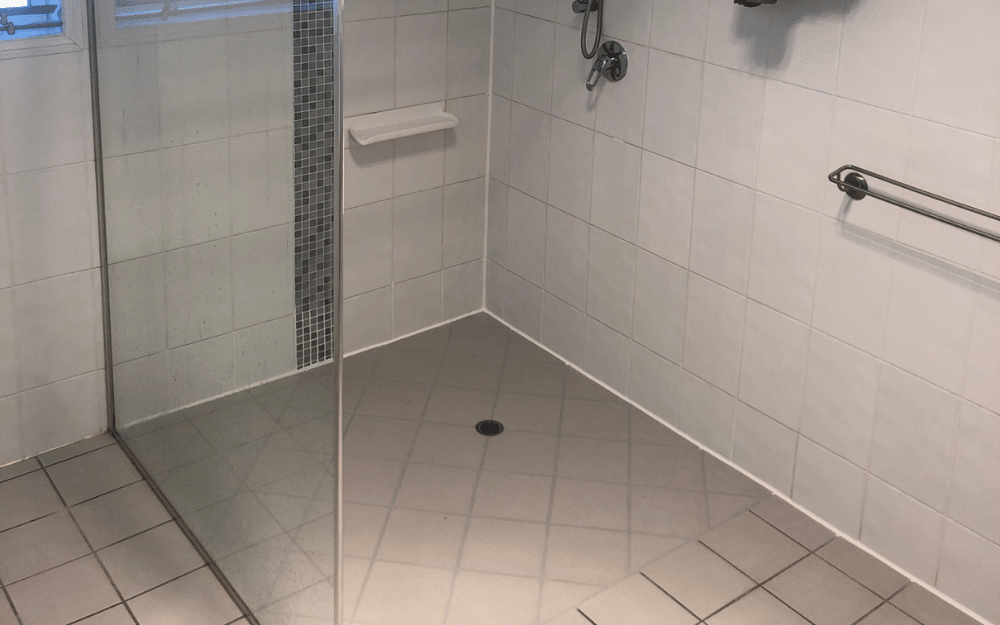The Shower Repairs You Need to Know About
There’s nothing quite like a hot shower to start or end your day. However, if your shower has “issues” or needs repairs, getting in can be more of an annoyance than the relaxing experience you were hoping for.
While this is true for many people, making simple shower repairs can restore your shower and your ability to relax and unwind. Keep reading to learn about some of the most common and easy repairs we are ready to help with.
Seal and Replace Cracked Tiles
If you are dealing with damaged shower tiles, you have two options. You can seal the crack to repair the damage, or you can replace the tile. Usually, for bigger cracks or severe damage, replacement is the best option. Our team can evaluate the severity of the cracks and recommend the best option. There’s no need to rip everything out and start over. Making repairs and replacing the damaged tiles is much more affordable.
Seal Hairline Cracks
We use epoxy to fill in hairline cracks in your shower tiles. The crack is filled to the surface of the tile and then left to dry. Once the epoxy is dry, we can paint over the crack using waterproof paint. We also recommend using a clear urethane to help strengthen the repair made and help ensure it lasts longer.
Seal Behind Taps
If you notice leaking water around or behind your bath taps, it may require new sealant in that area. However, before the new sealant can be applied, our team will remove the old sealant. If this isn’t done, the new sealant won’t do its job, which means the problem will just return later on.
Also, before applying sealant behind your bath taps, we will ensure the area is completely dry. If it’s not, the sealant probably won’t hold.
Seal Cracked Tiles
We discussed how to repair a cracked shower tile above. However, that’s not the only step in the process. If you want to protect the repair you made and ensure the crack doesn’t worsen, a sealant must be applied to the tile. Using a clear urethane is recommended, and our team makes sure a waterproof product is used when sealing a shower so that it will stand up to years of use.
Seal Around Waste Pipes
Some of the plumbing fixtures, particularly the drain in your shower, will leak from time to time. Sealing or caulking around the waste pipes can help prevent extensive water damage. Also, the area around waste pipes requires sealing to help insulate the tub or shower.
Replace Damaged Sealants
When sealing a shower, your shower is treated using a silicone sealant. Its purpose is to provide a protective barrier over the tiled surfaces. As time passes, and with more showers, the original sealant may degrade. When this happens, it is necessary to replace it.
If your tiles are not damaged and the grout is intact, just resealing the shower may be sufficient to keep water from getting beneath the surface. However, this isn’t always the case, so be sure to inspect the shower sealant carefully.
Top Up Grout When Required
At some point, the grout in your shower may need some help. Over time, grout can be damaged, and it can degrade. When this happens, you can top it up to restore the protection it offers, which is sealing water out of your walls.
When it comes to sealing a shower, caulking, or grouting services, our team is ready to help. With more than 20 years of experience repairing showers, you can feel confident in our abilities and expertise. We even stand behind the work we do and can provide a quote for service or repairs within just 72 hours of your call.

